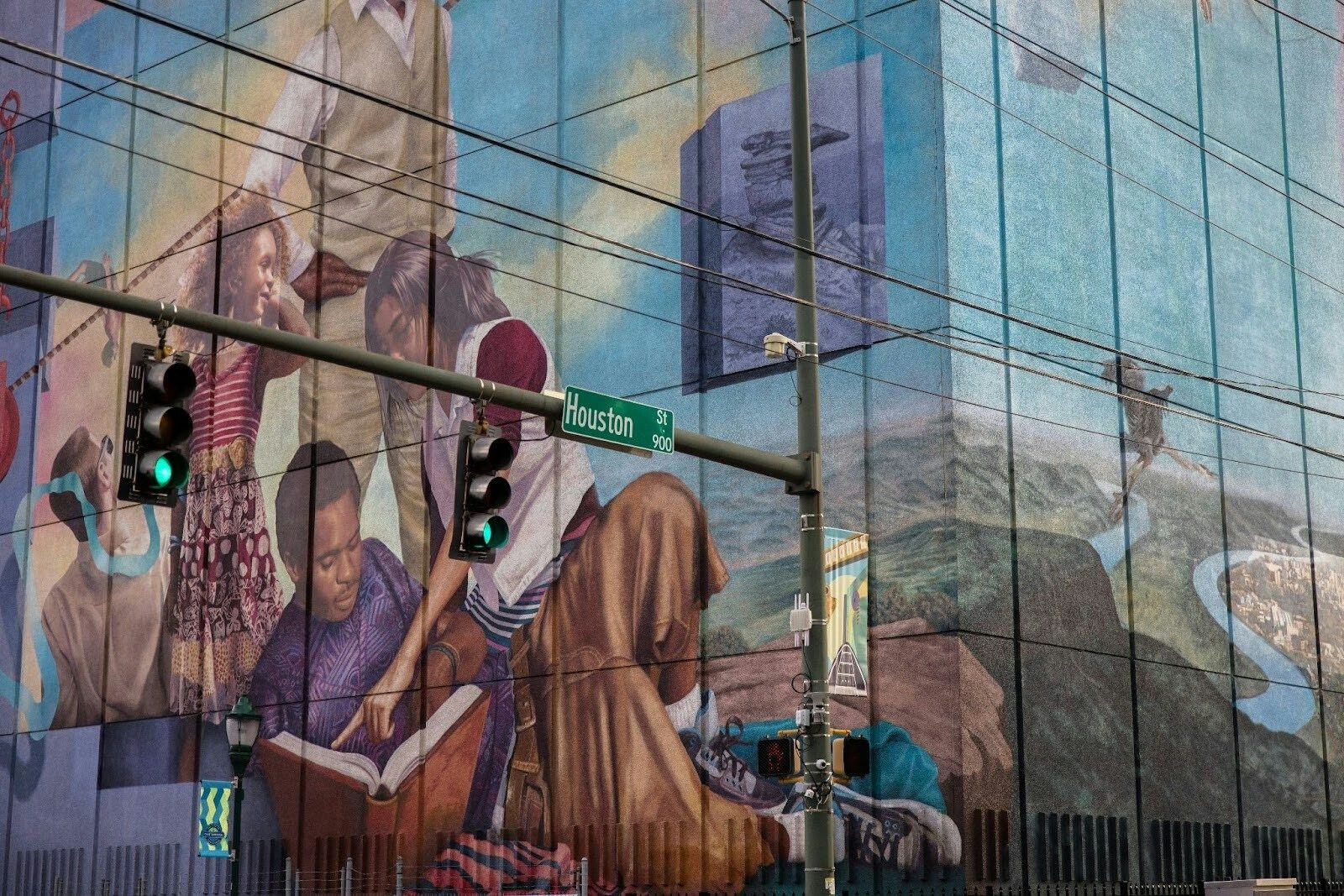The past decade has witnessed a concerning rise in pedestrian and cyclist fatalities in the U.S. According to preliminary data released by the Governors Highway Safety Association (GHSA), there were 7,318 projected pedestrian fatalities in the United States in 2023, down 5.4% from the previous year but 14.1% higher than 2019. The GHSA also reported that 1,149 cyclists were killed on U.S. roadways in 2023, a 4% increase from 2022. This trend contributes to real and perceived safety threats, as nearly 25% of U.S. adults reported that traffic is a barrier to safe walking. Of these, 79% selected vehicle speed as a contributing traffic characteristic.
Factors contributing to pedestrian and cyclist fatalities include:
Limitations of traditional detection methods: Legacy traffic sensors and cameras often struggle to detect, classify, and identify the accurate geolocation of vehicles and pedestrians, especially in low light or poor weather conditions, leading to inefficient signal timing and missed safety events.
Increased vulnerable road user (VRU) activity: With growing emphasis on sustainable transportation and active lifestyles, more pedestrians and cyclists share our roadways, increasing the need for dedicated VRU safety measures.
Complex urban environments: Intersections, in particular, present significant challenges due to the convergence of various traffic flows and potential conflicts, demanding more intelligent traffic management solutions.
Data silos: Valuable ITS data related to safety is often fragmented across different systems, hindering comprehensive analysis and proactive interventions for effective transportation planning.
Across the globe, transportation agencies, municipalities, traffic engineers, and research universities are responding to road safety challenges. They are united by a critical goal: the pursuit of Vision Zero – eliminating all traffic fatalities and severe injuries, and increasing safe mobility for all. Achieving this ambitious target requires a multi-faceted approach, leveraging data-driven insights and innovative technologies to understand and mitigate risks for all road users: pedestrians, cyclists, and motorists.
Since its adoption in 1997 by the Swedish Parliament, the Vision Zero framework has gained global traction and has been implemented in numerous countries worldwide. In the United States, the Vision Zero Network recognized 53 communities that met their established criteria for Vision Zero adoption as of August 2022. That number increased to nearly 70 as of February 2025. The development of Advanced Driver-Assistance Systems (ADAS) and Vehicle-to-Everything (V2X) communication has been greatly influenced by Vision Zero, as these technologies are key enablers of its ambitious goals to enhance road safety through the strategic use of technology.
Now we want to composite this PerceptionFilter component with the OusterDriver driver component together thus creating a single node and allow Intraprocess Communication. We can achieve this in one of two ways: either by using Static Composition within the code or by using Dynamic Composition with the use of launch files, we’ll only give an example of the dynamic composition here:
Dynamic Composition Example
<launch>
<arg name="sensor_hostname"
description="hostname or IP of the sensor"/>
<node_container pkg="rclcpp_components" exec="component_container_mt" name="os_container" output="screen" namespace="">
<composable_node pkg="ouster_ros" plugin="ouster_ros::OusterDriver" name="os_driver">
<param name="sensor_hostname" value="$(var sensor_hostname)"/>
<!-- Add other OusterDriver params --->
</composable_node>
<composable_node pkg="example" plugin="PerceptionFilter" name="ex_filter">
<!-- Add other PerceptionFilter params --->
</composable_node>
</node_container>
</launch>In the provided ros2 launch xml file, we first define a container node then added both the OusterDriver and PerceptionFilter components as composable nodes, ROS2 launch command will parse the xml file and create a single node allowing both components to run within the same process without having to statically link the OusterDriver with PerceptionFilter module.
Ouster BlueCity: Intelligent infrastructure for a connected future
Ouster is at the forefront of road infrastructure modernization, V2X, and intelligent transportation transformation. Ouster BlueCity is a turnkey solution that combines Ouster’s 3D digital lidar with its deep learning AI perception software and data analytics. It enables the creation of a real-time 3D digital traffic twin of an intersection or road to reliably detect, classify, and track multimodal road users—in all weather and lighting—for a modernized traffic and road safety solution.



